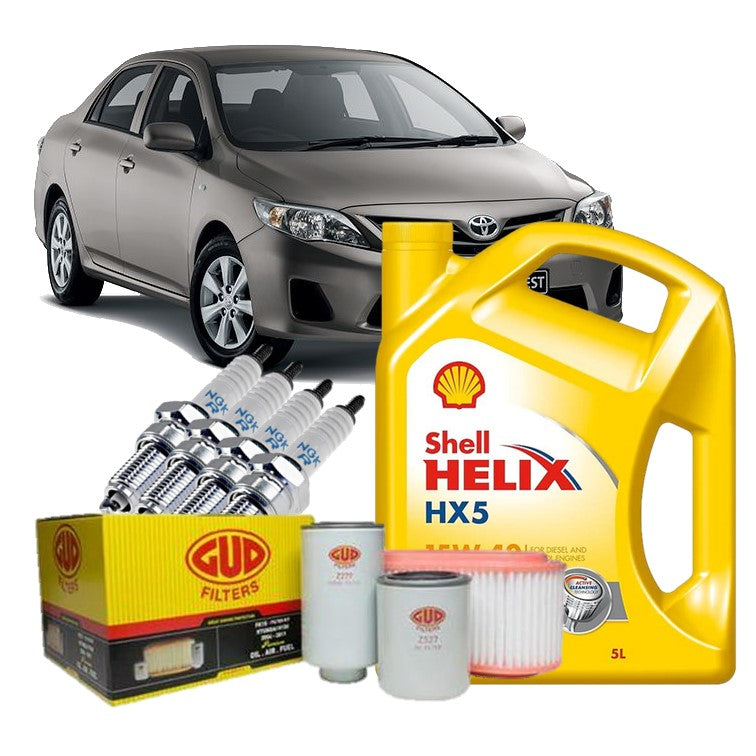Toyota Tazz: A Comprehensive Review of Performance and Comfort
Toyota Tazz: A Comprehensive Review of Performance and Comfort
Blog Article
Discover the Most Current Fads in Engine Innovation Via Tazz
In the swiftly evolving landscape of vehicle modern technology, Tazz stands at the leading edge, highlighting significant developments in engine systems that focus on both technology and sustainability. From crossbreed engines that optimize gas performance to the appearance of hydrogen fuel cells, the trends forming contemporary powertrains are not just improving efficiency but additionally addressing critical environmental obstacles.
Hybrid Engine Innovations
Hybrid engine innovations represent a pivotal change in automotive modern technology, combining the advantages of internal burning engines with electrical propulsion systems. This assimilation not only enhances gas efficiency but additionally decreases discharges, conference progressively stringent ecological regulations. By using both energy resources, hybrid engines can maximize efficiency, delivering power when needed while preserving fuel during much less requiring driving conditions.
Recent innovations in crossbreed technology consist of improvements in battery effectiveness and regenerative braking systems. These developments permit higher power recuperation during slowdown, which can be rerouted to help in velocity or power accessory systems. Suppliers are focusing on compact designs and lightweight materials to take full advantage of the effectiveness of crossbreed powertrains.
The development of plug-in hybrids has actually additionally broadened the market, enabling vehicle drivers to bill their vehicles making use of basic electric outlets. This function frequently enables considerable all-electric array, more decreasing reliance on typical gas. tazz. As the auto industry remains to evolve, hybrid engine modern technologies are anticipated to play an important role in bridging the space in between traditional lorries and fully electrical versions, giving a transitional option that deals with varied consumer demands and preferences
Breakthroughs in Electric Powertrains
The vehicle landscape is quickly progressing, with electric powertrains arising as a leading force in sustainable transportation. Advances in electrical automobile (EV) modern technology are significantly improving performance, efficiency, and individual experience. Trick advancements consist of improvements in battery chemistry, which have increased power thickness, decreased billing times, and expanded general battery life.
Solid-state batteries, as an example, guarantee to reinvent the market by supplying better security and efficiency compared to typical lithium-ion cells. In addition, advancements in regenerative stopping systems are making it possible for lorries to recover power during deceleration, contributing to overall efficiency.
In enhancement to battery modern technology, electrical motor designs are ending up being more sophisticated. Technologies such as integrated electric motors and advanced thermal administration systems are helping to maximize power delivery and lower weight, ultimately boosting lorry characteristics.

Jointly, these breakthroughs emphasize the commitment to transition in the direction of cleaner, much more reliable transport options, placing electric powertrains at the leading edge of automobile advancement.
The Surge of Hydrogen Gas Cells
Progressively, hydrogen gas cells are obtaining grip as a viable option to traditional inner burning engines and i was reading this battery electrical lorries. This technology takes advantage of the chemical power kept in hydrogen, converting it into power via an electrochemical response with oxygen. The main byproduct of this procedure is water, making hydrogen fuel cells an eco-friendly choice with no emissions at the tailpipe.

Car manufacturers are significantly investing in hydrogen fuel cell modern technology, recognizing its possibility for long-range applications and fast refueling abilities that measure up to conventional gas. In addition, markets such as heavy-duty transportation and public transportation are specifically well-suited for hydrogen gas cells, where battery electric solutions might fail as a result of weight and variety restrictions.
As research study and financial investment proceed to increase, hydrogen fuel cells are positioned to play a considerable function in the future landscape of clean transportation and energy options.
Enhancements in Internal Combustion Engines
Developments in inner combustion engine (ICE) innovation are transforming traditional lorries to fulfill modern-day ecological criteria and efficiency expectations. Straight gas shot, for instance, permits for better atomization of fuel, leading to more complete combustion and boosted power outcome.
In addition, turbocharging has actually acquired prestige, allowing smaller engines to supply greater efficiency without the weight of larger engines - tazz. This modern technology not just improves performance but likewise contributes to decrease fuel intake. Variable valve timing systems are likewise being refined, making it possible for engines to adapt to numerous driving conditions for boosted torque and responsiveness
Moreover, making use of light-weight materials in engine building is becoming standard, further enhancing fuel efficiency by minimizing overall lorry weight. Engine control devices (ECUs) are significantly advanced, allowing real-time changes that optimize performance and emissions.
These improvements collectively represent a pivotal shift in ICE modern technology, straightening with international sustainability goals while still supplying the performance vehicle drivers get out of their vehicles. As the industry advances, these improvements remain to form the future of traditional auto design.
Future Patterns in Engine Effectiveness
Considerable improvements in engine performance are anticipated as manufacturers concentrate on incorporating innovative modern technologies to satisfy rigorous environmental guidelines and consumer Visit Website demands. The shift towards electrification, hybrid systems, and different fuels is improving the automotive landscape, driving advancements that enhance fuel economic climate and minimize exhausts.
One of the crucial fads is the application of advanced materials and producing strategies. High-strength alloys and light-weight compounds add to lowered lorry weight, hence boosting general efficiency. Furthermore, the adoption of turbocharging and variable shutoff timing modern technologies allows for enhanced power outcome from smaller sized engines, better boosting fuel economy.

Conclusion
Finally, the expedition of engine innovation reveals substantial improvements that focus on sustainability and efficiency. Advancements in crossbreed engine systems, electric powertrains, and hydrogen fuel cells show a dedication to lowering emissions while improving performance. Renovations in interior combustion engines and an emphasis on light-weight products contribute to total engine effectiveness. As the automobile market continues to evolve, these patterns will play a vital role fit a cleaner and more lasting future for transportation.
From hybrid engines that enhance gas efficiency to the development of hydrogen gas cells, the trends forming contemporary powertrains are not only improving efficiency but likewise dealing with critical ecological obstacles.Hybrid engine advancements stand for an essential shift in automotive technology, integrating the advantages of interior burning engines with electrical propulsion systems.Additionally, turbocharging has actually acquired prestige, allowing smaller sized engines to deliver higher efficiency without the weight of bigger engines. Furthermore, the fostering of turbocharging and variable valve timing modern technologies permits for enhanced power result from smaller engines, further boosting fuel economic situation.
Renovations in interior combustion engines and a focus on light-weight products add to total engine effectiveness.
Report this page